Locals have criticized plans proposed by King Charles to build 2,500 houses on 320 acres of farmland in a historic market town.
Residents of Faversham, Kent, have criticized proposals put forward by the Duchy of Cornwall which they believe will “devour” the town and turn it into an “urban mass”.
The plans, which were first announced when the King, as then Duke of Cornwall, was administering the Duchy in 2018, seek to build 120 homes each year over a 20-year period.
An application for consent for 261 starter homes was submitted to the local council in December last year, sparking outrage among locals who argue the town does not have the infrastructure needed for such a development. The times reports.
Some have claimed the proposals will have a negative impact on the local environment and contradict the King’s love for the natural world, while others say they will increase traffic and air pollution.
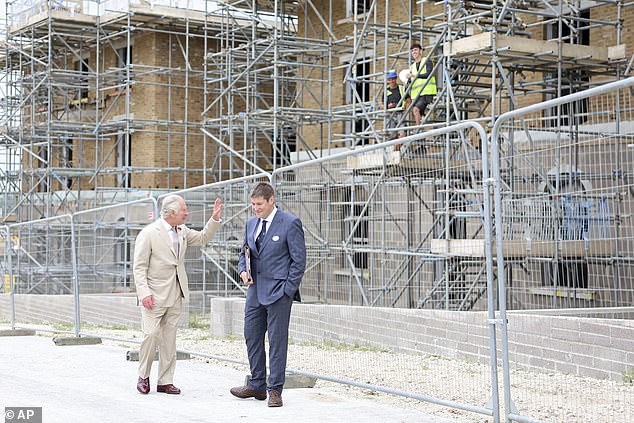
Locals have criticized plans proposed by King Charles to build 2,500 houses on 320 acres of farmland in a historic market town. Pictured: King Charles III greets workers as he visits a construction site in Poundbury in June 2023.
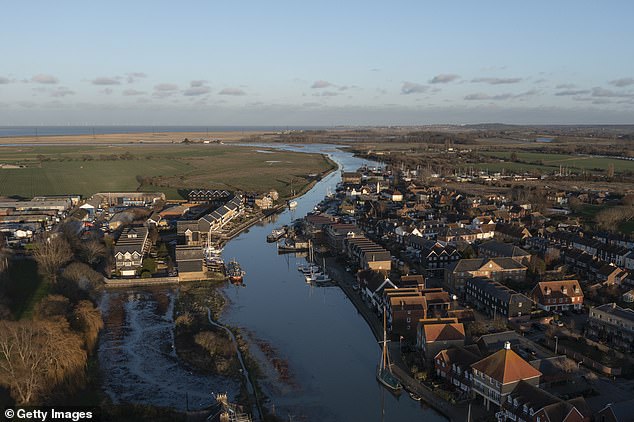

Residents of Faversham (pictured) in Kent have criticized proposals put forward by the Duchy of Cornwall which they believe will “devour” the town.
The houses are set on land to the south-east of Faversham which was acquired by the Duchy in 1999.
The proposals have been put forward to address the housing crisis and will deliver an “ideal town” in line with a similar urban development in Poundbury.
It will deliver “affordable homes designed and built to the same high-quality standards, indistinguishable from homes on the market,” according to a development website.
The website adds: ‘South East Faversham will be an attractive, modern and friendly place where people can live, work, shop and relax. It will be guided by local needs and inspired by the character of Faversham.’
There will also be space reserved for “independent food shops and retailers, artisans and producers”, while a new high street will feature a variety of restaurants, cafes and office spaces.
“There will be a new primary school and options are being explored for a care home and potentially a number of health-related facilities,” the website states.
There will also be a new “employment area” on the eastern part of the site and will include “light industrial and distribution businesses who are encouraged to relocate closer to Junction 7 of the M2”.
The plans recently went out to public consultation with Swale Borough Council, prompting several angry locals to voice their concerns.
Richard Winnett wrote: ‘The Duchy proposes such a development with the consequent loss of a huge area of excellent and productive agricultural land.
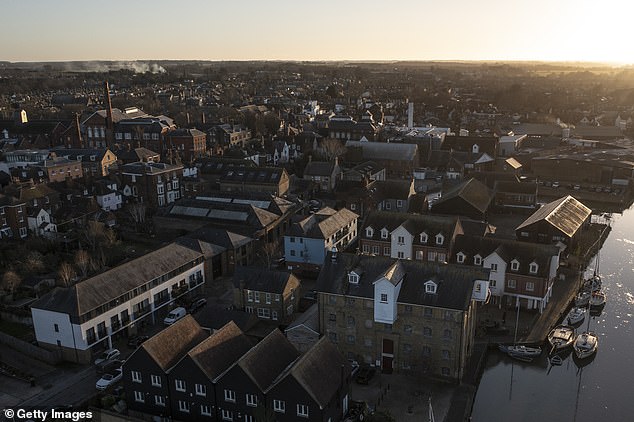

A view of Faversham Creek in 2022. The houses are set aside for land to the south-east of Faversham which was acquired by the Duchy in 1999.
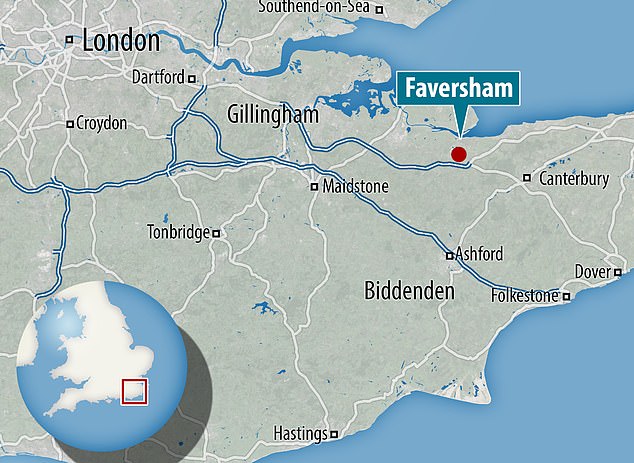

Faversham is located in Kent, in the south-east of England, about ten miles from Canterbury.
“This seems totally contrary to SAR’s public stance on environmental and agricultural issues.”
Sarah Vomley added: ‘I always thought the Duchy cared about the environment and green spaces, but it seems I was wrong. They also cannot (or do not want to) maintain the houses they already have.”
Another resident, Angela Penrose, also wrote in a Facebook campaign group: ‘There seems to be no end to Prince William and King Charles’ greed!!
‘It’s a shame that they pretend to be environmentalists when in reality they are like all the promoters and it’s all about money! And what about food safety? All these grade 1 and 2 farmlands are being concreted.
James Addicott added: ‘My family are very proud of the Duchy’s third generation farmers and feel ashamed and betrayed. There is no honor, only greed. We were hoping that the Royals might be oblivious to all of this, with good intentions, but it’s all a farce.
Sharon Onciu claimed the village of Selling where she lives, south-east of Faversham, would be “destroyed” if the plans went ahead.
She wrote: ‘Do I understand that the Duchy of Cornwall is the Prince of Wales? If the Duchy really believes that this will benefit this part of the world, they are dead wrong. “We are already at the limit.”
‘No one I have ever met supports this request. The truth is that we live in constant fear about what the Duchy’s next move will be and how it will destroy even more of our beautiful landscape.’
The Duchy of Cornwall, which submitted the plans, is a private estate founded by Edward III in 1337.
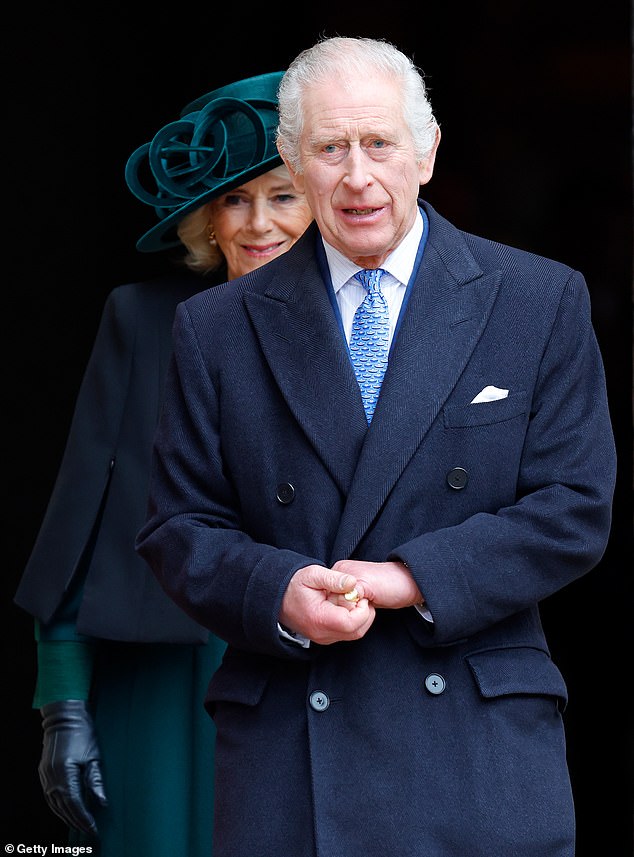

The houses are set on land to the south-east of Faversham which was acquired by the Duchy in 1999, when the estate was managed by the then Prince Charles.
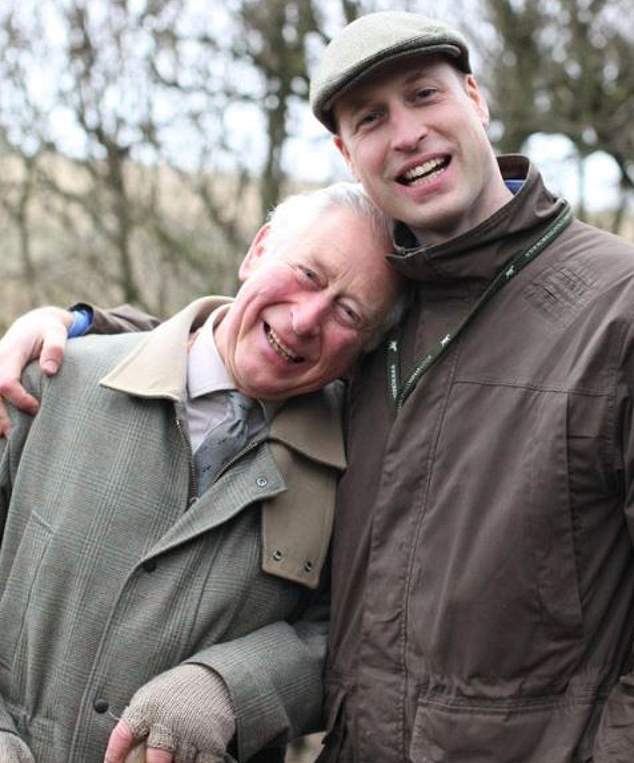

Prince William (pictured with his father), who is the Prince of Wales, now controls the estate after inheriting it from his father, King Charles III, when he was made King.
Prince William, who is the Prince of Wales, now controls the estate and his £345 million property portfolio, which includes 128,000 acres of land, after inheriting it from his father, King Charles III, when he was made king.
The dukedom, which reportedly had an income of £21 million last year, passes to the eldest son of a reigning British monarch.
Inheriting the Duchy has made the new Prince of Wales Britain’s largest private landowner, with £1.2 billion worth of property across 23 counties, including farms, housing estates, seven castles, forests, coastlines and commercial properties.
A spokesperson for the Duchy of Cornwall told The Times: “If planning permission is granted, South East Faversham will follow in the footsteps of Poundbury, Nansledan and other sustainable developments in the Duchy and become one of the most environmentally friendly neighborhoods.” UK environment. .
‘It will prioritize access to green space and sustainable transport and focus on community needs, including affordable housing and a new primary school, as well as new traffic infrastructure and health services.
‘New green spaces, including meadows, orchards, orchards and forests, mean biodiversity will increase by 20 percent, while a focus on sustainable travel and building a walkable neighborhood is expected to generate 20 percent less car trips compared to communities of similar size. ‘
